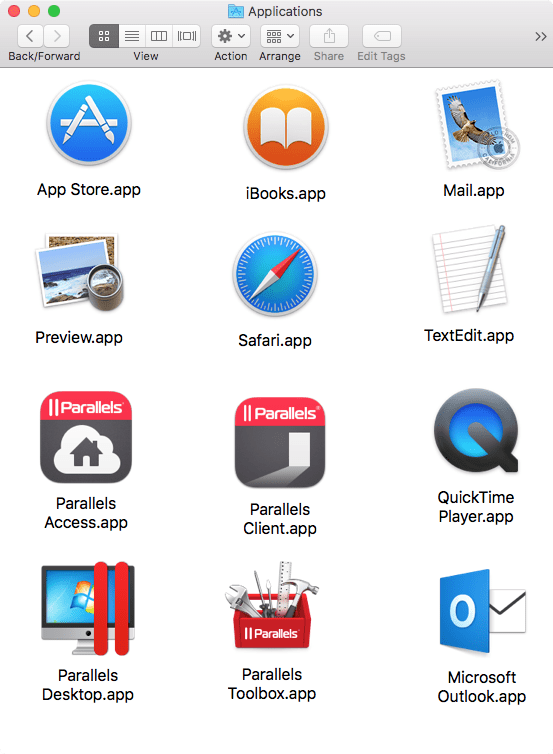

Just make sure you make it executable by issuing the command chmod +x diagnostics.sh and use. You can name the file diagnostics.sh and place it anywhere you like. However, you can redirect the output to a file by appending > /path/to/outputfile.txt at the end of each command so you have a file which you can parse once the file has finished running. Keep in mind that any output generated, will get sent to the console (screen). System_profiler SPHardwareDataType | grep -i Identifier For us, the three most important symbols are marked in red in the following picture.rom left to right the buttons do Compile, Build and Execute your code.To run the program prog0101.f90.
#RUN EXE ON MAC TERMINAL HOW TO#
# Get the model of the machine in question how to run exe on mac terminal code Compile translates the source code of the program into a binary file, which in GNU’s gfortran is called prog0101.o. However, if you are getting diagnostic info, for example, you can have a script that does #!/bin/bash Run the following command to execute the file. Run the following command to set the file's executable bit using the chmod command: chmod +x. Now, this all depends on the they types of command and whether or not they require user intervention. Move to the path of the file: cd/PATHOFTHEFILE 2). You can also see here on Stack Overflow for a bit more information.Ī script is just a series of commands, so you could put it into a bash script. If the end user isn't an administrator, but you need to do something that required root access, you can use su someAdminName, which will perform the command as someAdminName (you'll need his password).
#RUN EXE ON MAC TERMINAL PASSWORD#
When the script runs, you'll have to enter your password (and be an administrator)


 0 kommentar(er)
0 kommentar(er)
